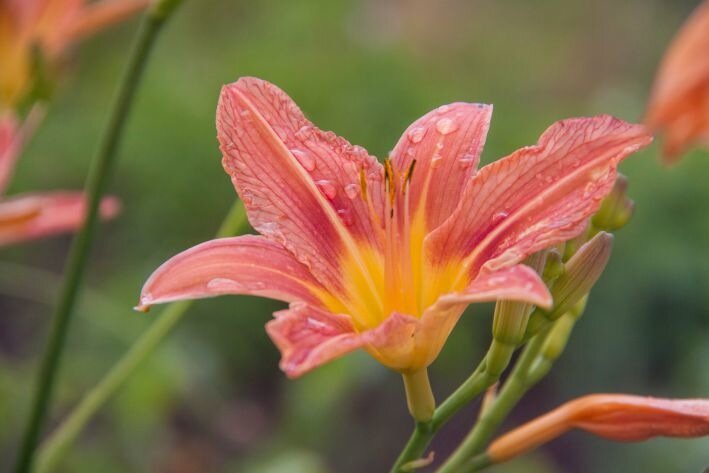Spring at the dacha is not only the joy of the first warm days, but also a race against time.
While some are raking up last year’s leaves, others are already planting seedlings in the ground, and their plot seems to have come to life in a matter of days.
The secret is not in magic fertilizers or working around the clock, but in the ability to use what is at hand.

For example, old window frames can be turned into mini-greenhouses for early greenery.
Place them over beds with radishes or lettuce - under glass the soil will warm up a week earlier, and the harvest will ripen by the May holidays.
Another trick is to plant green manure before winter. Mustard or rye sown in the fall will protect the soil from freezing, and in the spring they can be mowed and incorporated into the soil, turning them into natural fertilizer.
Don't rush to remove all the mulch from the beds. A thin layer of straw or sawdust left until mid-April will protect the roots of perennials from night frosts.
But heat-loving crops (pumpkins, cucumbers) are best planted in “warm” beds.
To do this, dig a trench, fill it one-third with manure, and sprinkle soil on top - the decomposing organic matter will warm the roots even on cool days.
And don't forget about the lunar calendar: sowing during the waxing moon phase will speed up germination, and weeding during the waning moon will reduce weed growth.
Water treatments for trees are also important. Before the buds open, pour hot water (60–70 degrees Celsius) over the trunks and branches — this will destroy wintering pests.
And if you lay dark film under apple and pear trees, it will attract the sun's rays, and the soil will warm up faster, awakening the roots.
For flower beds, use plastic bottles with the bottom cut off: stick their necks into the ground next to tulips or daffodils - they will create a protective dome from the wind and retain heat.
